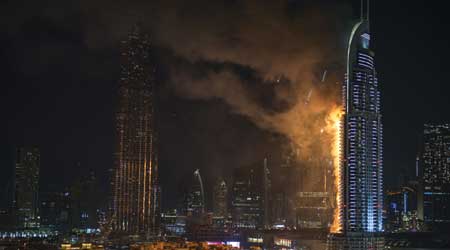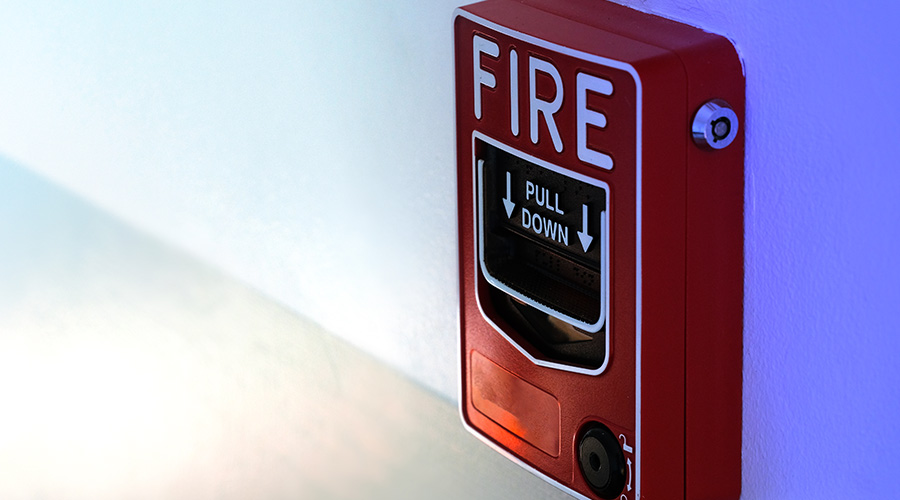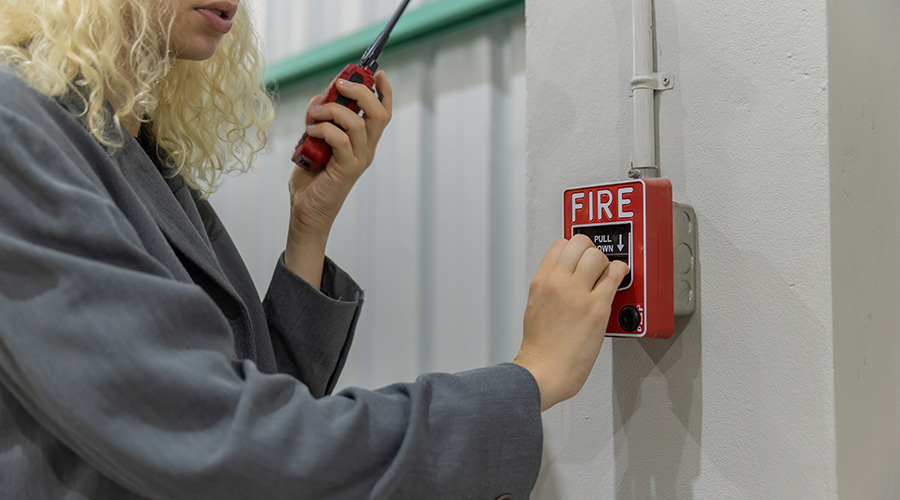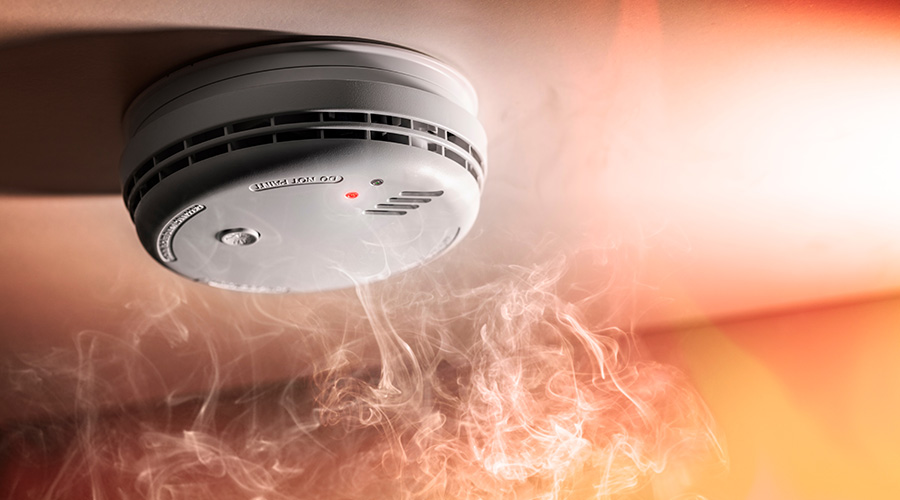Exterior Wall Assemblies, Performance-Based Fire Resistance: High-Rise Considerations
Part 2 of a 3-part article on issues to consider to make high-rise buildings strong and fire safe.
Two other considerations for high-rise fire safety include exterior wall assemblies and performance-based fire resistance. Exterior wall assemblies that include combustible materials are another fire protection issue that is being discussed in the media and fire safety community. These exterior wall assemblies are popular as they provide the opportunity to make a building iconic and aesthetically pleasing. Additionally, these assemblies improve energy efficiency and reduce water and air infiltration.
Even with these benefits, they have their shortcomings. In recent years, significant damage has resulted from rapid and extensive fire spread over the length of the building’s façade either externally or internally through the insulation cavity. The investigations into the cause of these fires have revealed that wall assemblies that contain combustible materials were a contributing factor to the rapid fire spread in these incidents.
For example, media reports and social media videos of tall building fires in the United Arab Emirates (UAE) as recently as March 2016 at the Ajman One Tower and on New Year’s Eve (2015) at the Address Downtown Dubai Hotel have shown the world how fire can quickly spread up multiple levels of a high-rise building that has exterior wall assemblies containing combustible materials.
Examples of exterior wall assemblies that contain combustible materials include exterior insulation finish systems (EIFS), metal composite material (MCM) claddings, high-pressure laminates, foam plastic in cavity walls, and water-resistive barriers (WRB). In regards to fire safety, the combustibility of the assembly’s components impacts its fire hazard. For example, the foam insulation that is part of EIFS and MCM assemblies is combustible and propagates rapid flame spread when exposed to fire.
Common fire spread scenarios include fire spread up a wall, either via the outside surface or through concealed spaces within the wall. Additionally, in the fire events cited earlier, fire spread into the interior floor areas was controlled by the sprinklers that were installed in the interior of the building. However, the sprinklers could not control the fire from spreading up the building’s exterior.
Currently, there are several test standards that evaluate exterior, non-load-bearing wall assemblies that include combustible components. In the United States, the most prevalent test method is outlined in NFPA 285, Standard Fire Test Method for Evaluation of Fire Propagation Characteristics of Exterior Non-Load-Bearing Wall Assemblies Containing Combustible Components. Other standards are available in Canada (CAN/ULC S-134), United Kingdom (BS 8414) and internationally (ISO 13785).
Moving forward, complying with one of the applicable test standards is an important step in reducing the risk that an exterior fire will spread up multiple levels in a tall building. At the same time, passing a test procedure does not preclude designers and engineers from taking other steps to ensure that adequate life safety is provided throughout a tall building.
Specifically, the design of fire safety in tall buildings is highly complex. When designing for fire safety, it is important that designers understand whole system performance and the steps necessary to reduce the risk of deaths, injuries and significant damage in tall buildings. That is why fire protection engineers should be part of the design team for tall buildings.
Performance-Based Fire Resistance
The consequences of partial or global collapse of tall buildings due to a severe fire pose a significant risk to occupants and the fire service. Tall buildings often have unique design features whose role in the structure and fire response are not easily understood using traditional fire protection methods. These unique factors may warrant a need to adopt an advanced structural fire engineering analysis to demonstrate that the building’s performance objectives are met.
Performance-based design of structural fire resistance entails three steps: (1) determination of the thermal boundary conditions to a structure resulting from a fire; (2) calculation of the thermal response of the structure to the fire exposure, and (3) determination of the structural response of the structure. Guidance on performing this type of analysis can be found in the SFPE Engineering Standard on Calculating Fire Exposures to Structures, and SFPE Engineering Standard on Calculation Methods to Predict the Thermal Performance of Structural and Fire Resistive Assemblies.
Chris Jelenewicz, P.E., FSFPE, is technical director, Society of Fire Protection Engineers. He can be reached at chris@sfpe.org.
Email comments and questions to edward.sullivan@tradepress.com.
Related Topics:














